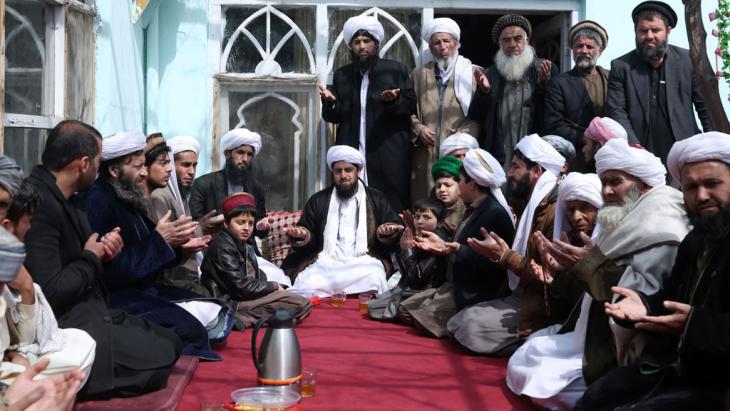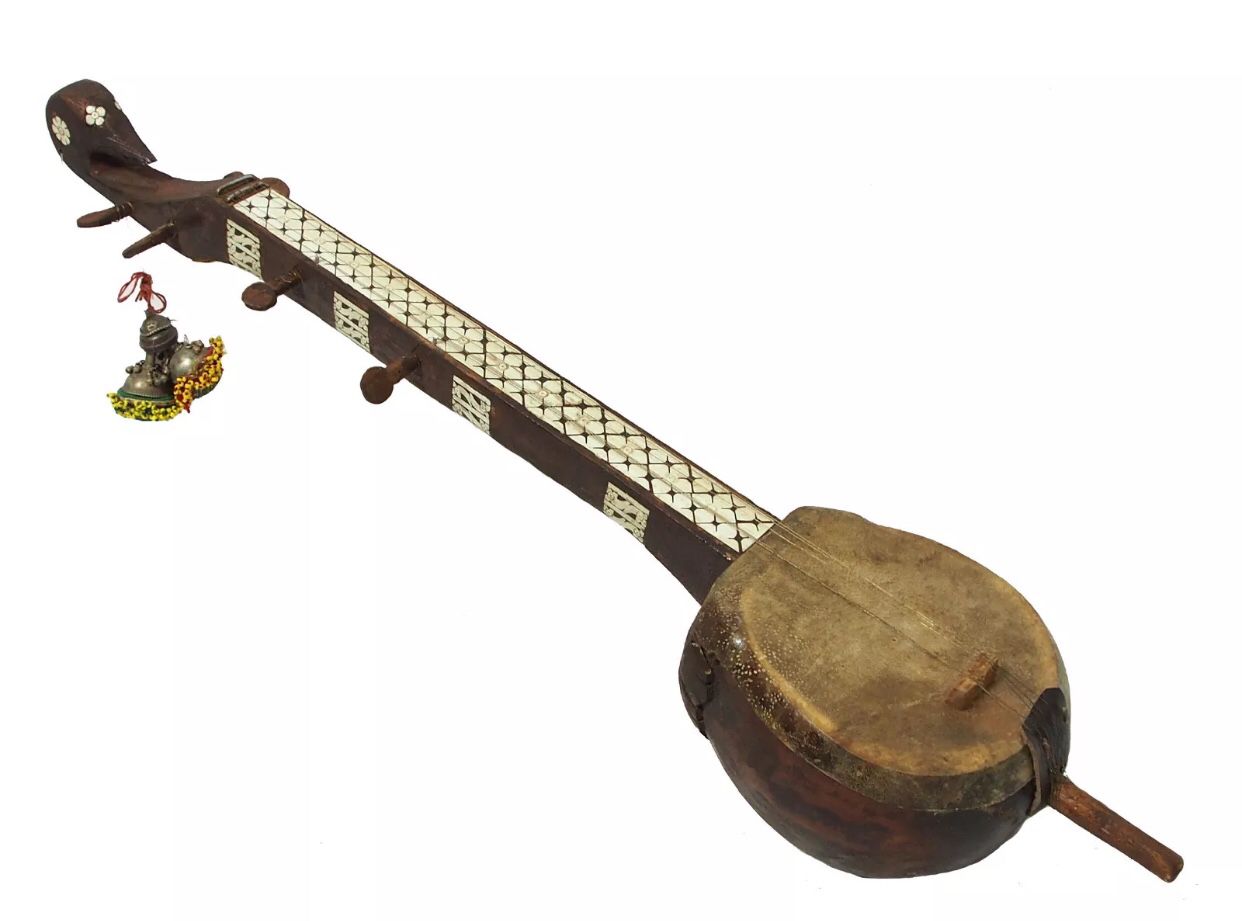Shah mohammmed and I climbed out of the taxi, a Russian Volga, on the two-lane dirt road of the Paghman bazaar. We were standing in front of the famous tamboor-maker’s shop, having made the 13-mile trip from Kabul to visit him. The journey brought us to the very base of the snow-covered and jagged peaks of the Hindu Kush range, to this village, “the garden of Afghanistan,” 2,000 feet above the mile-high capital and a summer retreat for Kabul’s wealthy families.
Shah Mohammed was my Afghan counterpart. We taught English together at the Telecommunications Training Center, a boarding high school for young men. He was Hazara, one of Afghanistan’s twenty-eight tribes. With Mongol features, the Hazara are the only Afghan tribe who are Shia rather than Suni Muslims. Following a lifetime of persecution in his own homeland, Shah Mohammed was circumspect, reserved, and never freely offered opinions. But when he heard that I was taking tamboor lessons from Rahim Gul, a seventy- year-old singer trained in the tradition of Indian classical music, he wanted to hear more. We continued that conversation often over the next several weeks, and as I revealed more details, he did so as well.
I learned that Shah Mohammed belonged to the mystic Sufi community in Kabul. He said its services were secretive, but described ecstatic ceremonies where music and dance were central elements. Sometimes stringed instruments, particularly the rabab and the tamboor, would be placed in the center of the room and would spontaneously resonate sympathetically to instruments played by musicians sitting nearby. When he saw my tamboor and handled it, Shah Mohammed said he knew a man in Paghman who made the finest tamboors in all of Afghanistan. So we arranged an outing for the following Saturday.
Sufi mullahs in Afghanistan
We stepped into the small workshop and exchanged the multiple, formulaic greetings customary to Afghanistan. Shah Mohammed’s greeting was more personal, indicating that they knew one another. He then introduced me as a fellow teacher, an American, who was interested in looking at a tamboor. The master nodded his head and offered tea, served on a tray with three of the ubiquitous Chinese teapots and cups, and a plate of candied almonds.
We sat on the floor of his shop, drank our tea and made small talk. When the master carried away the tea service, he returned with a tamboor in hand. He sat and played a short folk song; then, with a gracious gesture, the tamboor-maker passed the instrument to me with two hands and the slightest nod. The sounding gourd, neck and tuning pegs were all carved from honey-colored mulberry wood. The pegs and bridges were made from bone or ivory. Seventeen steel wire strings caught the light. Other than the geometric design of tiny sound holes, there was no ornamentation, no fancy inlay, only the beauty of the shapely form itself.
It wasn’t until days later that I noticed his signature in Arabic script perforating the side of the sounding gourd, executed by the tiniest of drill bits. It was very unusual in Afghanistan for a craftsman – or woman – to sign their work. That he did so clearly indicated his professional renown.
I slipped the plectrum (used for strumming) over my right-hand index finger. It was much thinner than the one I had been using, which now seemed clunky, even armored by comparison. I nestled the base of the gourd into my lap, reached my left hand up the instrument’s neck, and began to play. I still remember the sensation of pressing down on the strings the first time. They were so much more responsive than on my tamboor back in Kabul. I smiled, handed the instrument to Shah Mohammed, received his approval, and purchased it.
Back at school on Monday morning, Shah Mohammed brought me a beaded talisman to dangle from the tip of the tamboor’s neck. He said it was to bring good spirits to the instrument, to its player, and to the music.






